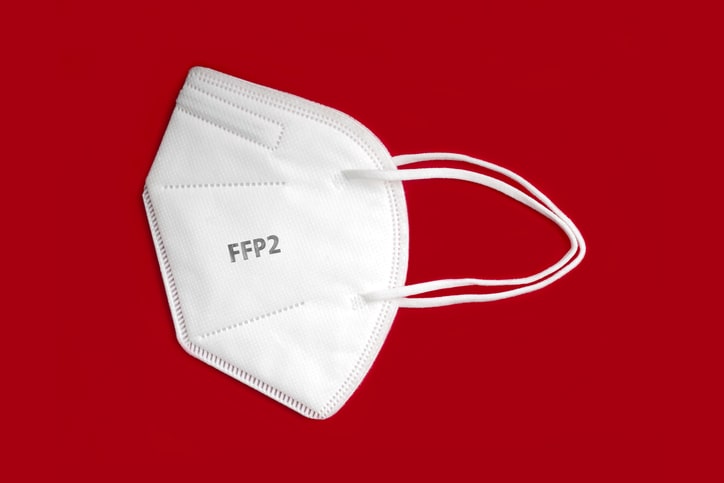
Clinicians treating infants with end-stage kidney disease (ESKD) face the challenge of managing fluid balance with adequate nutritional provision to prevent catabolism and encourage somatic growth. Infants with ESKD may have fluid overload, making the use of weight alone unreliable as a measurement of nutritional status. Providers use z scores of head circumference and linear growth to monitor nutritional status in this patient population.
Results of previous studies have demonstrated that the younger a person is at diagnosis of chronic kidney disease, the worse the height deficit during adulthood. Further, severe growth retardation in ESKD is associated with increased morbidity, mortality, and mental health problems in children and adults. Infants with ESKD are at risk for neurodevelopmental impairments including cognitive delays.
According to Cara L. Slagle, MD, and colleagues at Cincinnati Children’s Hospital Medical Center in Cincinnati, there are few data available on infants with severe congenital abnormalities of the kidney and urinary tract (CAKUT). The researchers conducted a single-center pilot study and retrospective review to examine somatic growth patterns in infants with CAKUT requiring dialysis within the first 30 days of life. Growth patterns were compared with those in infants with CAKUT not receiving dialysis in the first 30 days of life. Results were reported in the Journal of Renal Nutrition [2023;33(2):236-242].
The review utilized the Fetal Care Center database to identify infants diagnosed prenatally with fetal kidney dysfunction and evaluated during pregnancy between January 1, 2014, and December 31, 2108. Fetal kidney dysfunction was defined as the presence of maternal amniotic fluid volume and kidney abnormalities as visualized on fetal imaging. Infants admitted to the neonatal intensive care unit were eligible for inclusion in the analysis. Exclusion criteria were bilateral renal agenesis or death prior to 30 days of life.
Somatic growth measurements of weight, length, and head circumference were obtained during routine clinical care at birth, 2-week, 1-month, 2-month, 3-month, 4-month, 6-month, 9-month, and 12-month chronological age as available. Feeding patterns for patients receiving dialysis were recorded, with an emphasis on four patterns of interest: (1) total prescribed daily fluid allowance (mL/kg/day); (2) percentage of infants receiving primarily enteral nutrition (more than half the total fluid received); (3) primary route of enteral feeds—oral, gastric, or postpyloric; and (4) type of enteral feedings (mother’s own milk, pasteurized donor milk, or commercial formula).
A total of 114 pregnancies referred for concerns of fetal kidney dysfunction over 4 years following use of a policy of resuscitation for this patient population were included in the analysis. Of those, 68 received subsequent care elsewhere, six were excluded for a diagnosis of bilateral renal agenesis, two experienced an intrauterine fetal demise, and 34 died prior to 30 days of life. Of the 26 remaining infants, 17 received dialysis.
The majority of the 17 infants were White (64.7%) and male (58.8%). Fifteen (88.2%) had undergone fetal interventions, including vesicoamniotic shunt placement (23.5%, n=4), fetal cystoscopy (5.9%, n=1), or serial amnioinfusions (76.5%, n=13). Median birth gestational age was 35 weeks and median birth weight was 2340 grams. All 17 received dialysis access in the first month of life (median, 4 days) and began dialysis of any form at a median 6 days of life.
Ten infants were anuric and four were oliguric following delivery. Ten were born after practice changes and received extracorporeal dialysis after birth by prolonged intermittent kidney replacement therapy for 23 days prior to initiation of peritoneal dialysis. The remaining seven infants were able to be medically managed prior to initiation of peritoneal dialysis for a minimum of 14 days after peritoneal dialysis catheter placement.
Three infants died during the study period before hospital discharge and one died after the study period prior to kidney transplantation. Median corrected age at discharge was 3 months. All infants who survived to hospital discharge were receiving chronic dialysis at discharge. Nine were followed at Cincinnati Children’s Hospital Medical Center, six transferred to an outside institution prior to discharge from the neonatal intensive care unit, and one subsequently returned to Cincinnati Children’s Hospital Medical Center prior to 1 year of age.
During the initial hospitalization, the prevalence of comorbidities was high: respiratory disease (100%), pulmonary hypertension (65%), and sepsis (47%). Eleven infants had hypotension that required vasopressors (65%).
Trends in Somatic Growth
In this cohort of infants requiring dialysis, there was a substantial lag in growth trends in all parameters at 1-month and 2-month chronological age, particularly in length and head circumference. Catch-up growth appeared in weight, followed by head circumference and length. Length was not normalized by 1 year of life.
The researchers plotted somatic z-score measurement of the infants who did not receive dialysis. Of the nine infants with severe kidney disease who were managed medically without dialysis, peak serum creatinine in the first 14 days of life was 2.06 mg/dL. Six of the nine were followed by nephrology after hospital discharge. Seven had growth parameters recorded to 4 months of age and four had complete growth records to 1 year. The growth trends in this cohort was similar to those among infants who received dialysis, with the exception of a lack of catch-up growth in all parameters.
Of the infants followed at the center for chronic dialysis care, four received growth hormone therapy between 6 and 10 months of age for growth failure, defined as a height standard deviation score (SDS) less than –1.88 or a height velocity SDS less than –2 once metabolic and nutritional factors affecting growth were addressed. Of the infants who qualified from z score alone but did not receive treatment, parathyroid hormone concentrations were often elevated. One infant in the nondialysis cohort received growth hormone therapy at 8 months of life.
The authors cited the retrospective observational design of the study as a limitation to the findings and a contributor to the inability of the researchers to determine a causal relationship between growth, nutrition, and dialysis. The small sample size was also cited as a limitation.
In summary, the researchers said, “Infants with ESKD are at high risk for growth failure, most profound in the first 2 months of life. This may be due to the high degree of systemic illness in this population during the neonatal period but delays in initiation of enteral nutrition are likely contributory. Implications and associations related to this deficit on long-term outcomes are greatly needed as overall survival continues to improve. Interventions to improve growth and early nutrition with greater human milk provision, aggressive parenteral nutrition, and optimized fluid status with early dialysis are all attractive targets for further study and may improve outcomes of neurodevelopment and mortality.”
Takeaway Points
- Researchers reported results of a study of growth patterns in infants with severe congenital anomalies of the kidney and urinary tract (CAKUT) who required dialysis in the first 30 days of life.
- The single-center, observational retrospective review was conducted at the Cincinnati Children’s Hospital Medical Center using data on infants with severe CAKUT from 2014 to 2018.
- Compared with infants with CAKUT who did not receive dialysis in the first 30 days of life, those in the dialysis cohort had improved somatic growth trends. Linear growth did not normalize by 1 year of age in either cohort.







 © 2025 Mashup Media, LLC, a Formedics Property. All Rights Reserved.
© 2025 Mashup Media, LLC, a Formedics Property. All Rights Reserved.